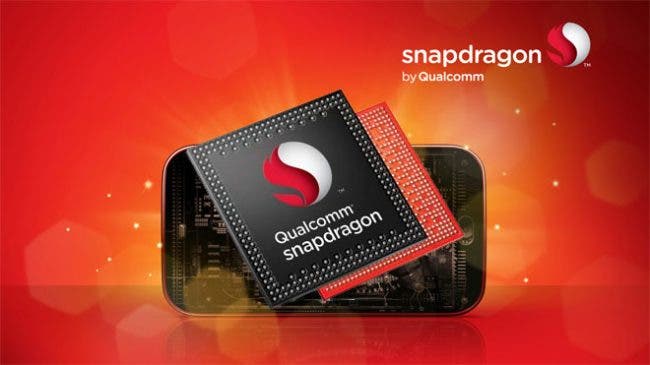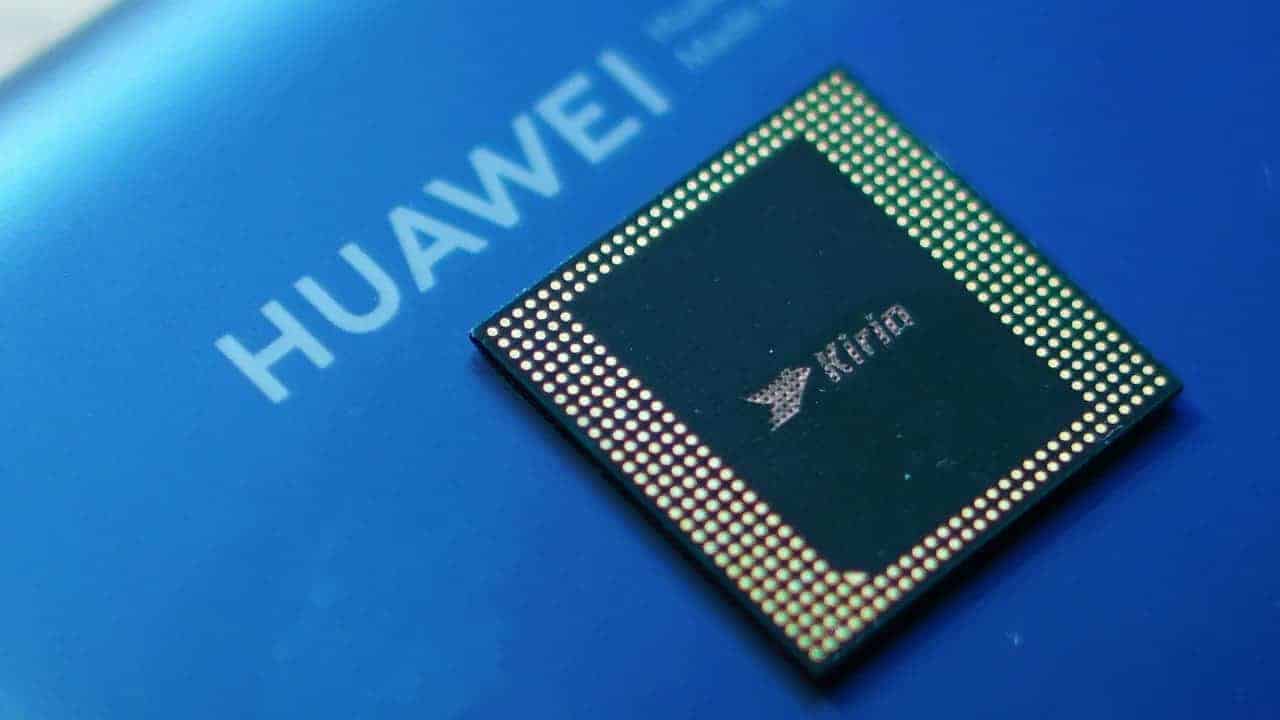Qualcomm, a leading American semiconductor company, has recently confirmed that Huawei, a Chinese telecommunications giant, no longer requires its processors. This announcement comes amidst ongoing tensions between the United States and China over trade and technology restrictions. The confirmation by Qualcomm’s CFO that Huawei will not be purchasing 4G chips from the company in the future underscores the significant shift in the global technology landscape.

History of Huawei – Qualcomm business
The relationship between Huawei and Qualcomm has been marked by both collaboration and competition over the years. Huawei, founded in 1987 by Ren Zhengfei, initially focused on manufacturing telecom equipment and gradually expanded its operations globally. The company’s rise to prominence was supported by the Chinese government through loans and policies favouring domestic companies, enabling Huawei to compete effectively in the telecom equipment market. On the other hand, Qualcomm, established in 1985, has been a key player in the wireless communication and semiconductor industries. The company’s innovations, such as the development of CDMA technology in 1989 and the introduction of the Snapdragon processor in 2007, have significantly shaped the mobile technology landscape.
The relationship between Huawei and Qualcomm took a competitive turn as Huawei started producing its own processors and modems, directly competing with Qualcomm’s products. This competition intensified as Huawei invested heavily in 5G communication technologies, becoming one of Qualcomm’s main competitors in this space. However, after the ban on Huawei by the U.S., the Chinese brand no longer had access to key technologies that it needed to produce its chips. For this reason, it had to rely on Qualcomm chips for a few years. However, it had access to only Qualcomm’s 4G chips.
Huawei’s Shift to Independence
Huawei’s decision to move away from Qualcomm’s processors is a strategic move towards independence. The company has been actively working on developing its own chipsets, particularly the Kirin series, which has been used in its smartphones. This shift is seen as a response to the ongoing trade tensions and restrictions imposed by the United States on Huawei’s access to advanced technology and components.
Huawei’s shift to independence can be seen in its latest flagship phones, the Huawei Pura 70 series. According to reports, this series uses more Chinese-made components than parts from the rest of the world combined. This move aligns with Huawei’s strategy to reduce its reliance on foreign suppliers and enhance its self-sufficiency in the wake of US sanctions and trade restrictions. The Pura 70 Ultra and Pura 70 Pro models from the series come with a range of components from China. This includes memory chips and the advanced Kirin 9010 processor.

Gizchina News of the week
Export Restrictions Impact Reduces
The revocation of export licenses for Qualcomm and Intel, two major American chipmakers, will have limited impact on Huawei’s mobile phone processors. This is because Huawei already has its own Kirin chipsets, which it uses in its smartphones. Also, the company has been working on extending its Kirin technology to other important terminals, such as notebooks, to reduce its reliance on Intel.
Huawei is also developing a Kirin PC version of the processor. This chip should be more powerful than the mobile chips similar to Apple’s “Pro” and “Max” versions. The new chip should come with multi-core performance close to that of the M3, making it a decent competitor in the market.
Huawei’s Growth Amidst Challenges
Despite the challenges posed by the ongoing trade tensions and restrictions, Huawei has continued to grow and expand its operations. The company reported a significant increase in revenue in 2023, with a total revenue of almost $100 billion. This growth is due to Huawei’s focus on developing its own technology and reducing its reliance on foreign components.
Huawei’s mobile phone shipments and revenue performance for Q1 2024 showed significant growth. According to reports, Huawei’s net profit for the first quarter of 2024 was approximately 19.65 billion yuan (about $2.8 billion), representing a 564% year-on-year increase. This surge in profit is largely due to the company’s strong performance in the Chinese smartphone market. Huawei sits at the top of the Chinese mobile phone market in terms of mobile phone shipments. Huawei’s mobile phone shipments in China increased by 70% in the first quarter of 2024, contributing to its overall growth.
![]()
Conclusion
The confirmation by Qualcomm that Huawei no longer needs its chips marks a shift in the global technology landscape. Huawei’s decision to move away from Qualcomm’s processors and develop its chipsets is a strategic move towards independence and a response to the ongoing trade tensions.
Huawei’s strategic shift towards using its Kirin processors in its smartphones starting in 2024 may have an impact on Qualcomm. It could lead to a decline in Qualcomm’s shipments to Chinese smartphone brands. This move by Huawei reflects a broader trend of the company aiming for greater independence and reducing reliance on foreign suppliers, particularly in response to trade tensions and restrictions imposed by the United States.
Despite facing challenges due to export restrictions and bans, Huawei has shown resilience and growth, reporting a substantial increase in revenue in 2023 and a remarkable surge in net profit for the first quarter of 2024. The company’s focus on developing its technology, including the Kirin chipsets, has been instrumental in its continued success and expansion, particularly in the Chinese smartphone market where Huawei has regained its position as a top player in terms of mobile phone shipments. What do you think about Huawei’s resilience in the mobile phone market? Has the company performed well despite the numerous bans? Let us know your thoughts in the comment section below






policies in US are framed by industries themselves and pushed by lobbyist with donation and finally legislated by the senators.
Huawei will soon be the top phone maker in the world. time is narrowing